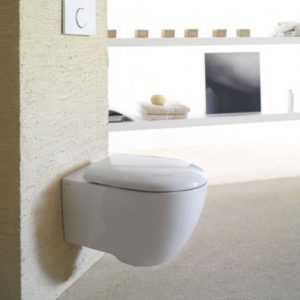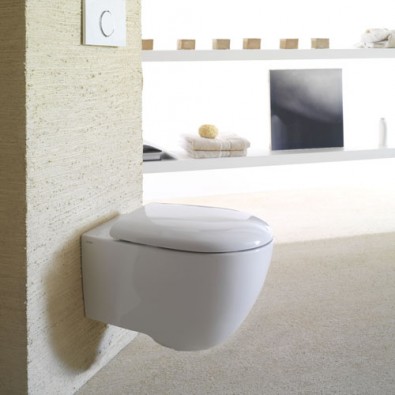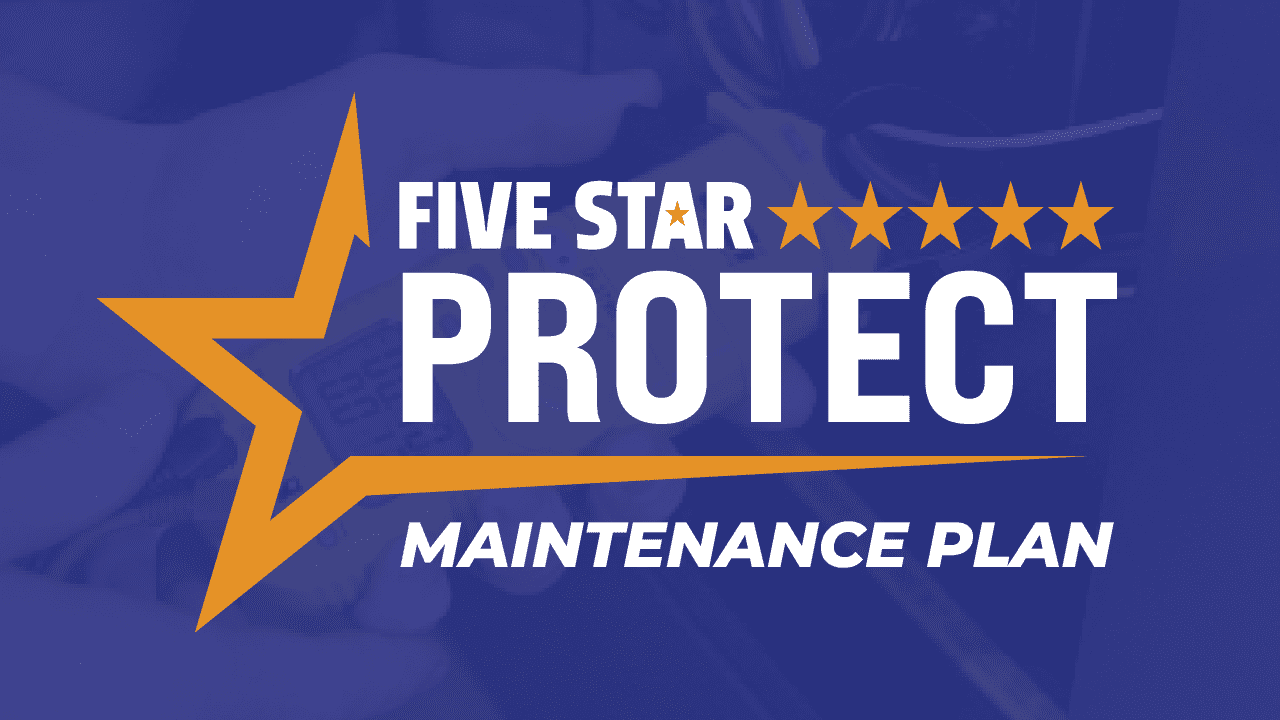According to a report by the World Health Organization and Unicef, toilets are a luxury that more than a third of the world’s population still do not have access to. So when shopping for the next toilet to install, consider how impressive it is that there are numerous choices that are available for people with differing needs and situations.
Besides the typical toilets found in most common households, there are several advances in toiletry that have hit the market over the years. Here are a few of them to consider:
Low-Flow Toilets
For the more energy conscious reader, low-flow toilets are an excellent way to save water and conserve energy. On average, a low-flow toilet use 1.2 – 1.6 gallons of water per flush, in comparison to a normal toilet which can consume as much as 7 gallons of water with every flush.
Because these types of toilet use less water, the storage tank is smaller too. As a result, low-flow toilets can free up space in a space-challenged bathroom.
This type of toilet is not without its own set of challenges. These toilets may clog easier than a regular flow toilet, especially if larger amounts of “waste” are being flushed down the drain at any given point in time.
Dual-Flush Toilets
Another excellent way to conserve earth’s most precious resource is to install a dual flush toilet. This ingenious design has two different flushing modes: one toggled for liquid waste, while the other is for solids. Each one uses a different amount of water depending on the job, saving a considerable amount of water over a traditional design.
Because of the more complex configuration, these toilets can be a little more difficult to make DIY repairs because of the dual flushing mechanisms. The low flush setting may also require more upkeep, as less water is being used to flush down waste and keep the bowl clean.
Composting Toilets
For those who want to eschew the use of water almost completely, composting toilets will do the job. This innovative design relies on common decomposition principles similar to those found in everyday garden composters, by breaking down human waste in separate chambers and vent the excess smell out through a vent chamber.
Contrary to popular thought, these toilets actually produce less smell than traditional toilets through the venting process and contribute virtually no waste to septic systems or waste treatment plants.
Of course, this sort of unit is not for everyone. Composting material like peat moss or sawdust is required to be added to the tank. It’s also costly to install and is primarily geared towards environmentalists. Still, it offers an impressive alternative to traditional water using designs.
Modern Designs
 There are several different variations on the standard toilet. A 1-piece toilet combines the tank and the bowl together, offering incredible space saving advantages. It also eliminates leaks stemming from the tank to the bowl.
There are several different variations on the standard toilet. A 1-piece toilet combines the tank and the bowl together, offering incredible space saving advantages. It also eliminates leaks stemming from the tank to the bowl.
The wall mounted toilet is another trendy design that offers a superior, compact design. Cleaning up around the toilet is a breeze since there is no bottom, but fixing this unit requires a lot more than just opening up the tank and poking around. Modern components not typically used in traditional toilets are needed to maintain the unit, making repairs more complex.
There are also multi-functional toilets for the more technologically savvy consumer. These toilets come with bidets, self-cleaning functions, touch-less controls, and built-in air purifiers to keep the bathroom smelling fresh. It even comes with heated seats and an air dryer for additional comfort.
Whatever the form or function needed, there is a toilet out there that is right for everyone.





